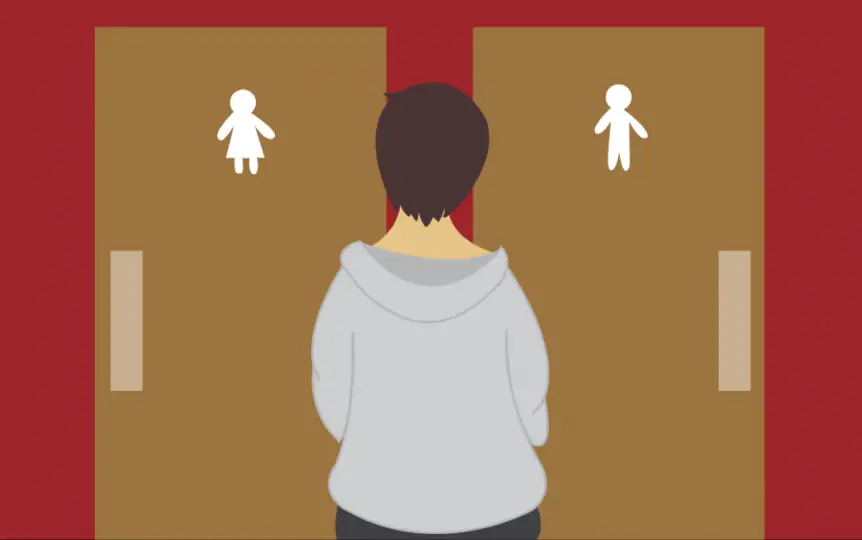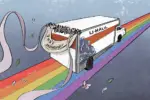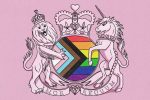Most people have probably been asked, at some point or another, if they’re a “dog or cat person.” It’s an ordinary question found in ordinary situations ranging from icebreaker games to first dates that (just face it) probably aren’t going especially swimmingly if the other person is resorting to asking you what pets you favor.
Except, they’re not really asking what types of pets you prefer. They provide you with only two choices of pet and the accompanied personality type: dog and cat. The simple question excludes the possibility that you are both a dog and a cat person, or neither. Maybe you are partial to goldfish, bearded dragons or donkeys. What then?
People often expect binary responses to questions that can only be answered honestly if on a spectrum. Are you hot or cold? Happy or unhappy? Dating or not dating? Liberal or conservative? “Twilight” team Edward or team Jacob?
I almost always find that I am not one or the other, but neither or both. My actual answer doesn’t fit into the rigid choices, but somewhere on the broad spectrum of possibility not taken into account with the original question.
Sometimes, I deviate from the original vernacular and offer a more accurate response: “I found Jacob more physically attractive than Edward, but I didn’t like either of them.” More often, however, I find myself trying to compress my opinion into one of the two options: “Well, I guess I’d go with Team Jacob, if I really had to choose.”
The structure of binary opposition is deeply embedded into literature, language and culture. Although binary terminology might seem limiting yet innocuous in most instances, binary culture has intense adverse effects. In conversations regarding significant aspects of a person’s life, such as gender, political identity and emotion, binary culture effectively promotes a lack of authenticity and limits individual freedom of expression. Expectations, pressure or ever coercion for one to identify with one side of a binary opposition is shockingly common.
Gender
The highly contested gender binary, in particular, highlights the negative presence of binary structure in society. Gender binary refers to the system by which society divides all members into one of two sets of gender identities and roles based on physical sex traits.
Even in more progressive cultures where the notion of distinct gender roles is widely protested, powerful institutions, such as major religions, still authorize gender roles. Islam, for example, teaches that mothers are the primary caretakers of children, while only cisgender men are allowed to serve as Catholic priests.
There is an ongoing debate over whether or not gender is a mere construct of society or a true biological development. Regardless, the gender binary is firmly rooted in society. The notion that one must identify as either male or female remains a fundamental assumption in many situations.
In “The Five Sexes: Why Male and Female are not enough” Anne Fausto-Sterling challenges this establishment to suggest a classification system of as many as 23 sexes, which decidedly moves away from use of the gender binary due to the evident existence of individuals with a combination of male and female characteristics.
In current society, individuals who fall under this intersex umbrella are seen as deviations from the norm and often are compelled to undergo surgery at a young age in order to perpetuate the two-gender system.
Politics
In politics, binary culture also assumes a prominent, distinctly negative role. Under the bipartisan political system of the United States, the terms “liberals” and “conservatives,” or even the party names of “Republicans” and “Democrats,” function as sanctioned categorization tools, but for many people, the binary structure does not allow for accurate identification. The result is a prevalence of fierce rivalry and constant polarization along party lines, rather than intelligent discourse between different individuals vocalizing an entire spectrum of variant beliefs.
For example, the Republican Party (and the conservative belief system in general) is well known for opposing environmentalism — at least in recent years — with a large percentage of GOP representatives typically consisting of climate change deniers. Yet while only approximately 27 percent of registered voters identify as Republican, a vast 70 percent of the populace claims to believe that the climate crisis is a real, human-caused threat.
Clearly, many Republicans share the view with many Democrats that climate change is real, but the two sides rarely acknowledge the beliefs they have in common and remain in their own political bubbles.
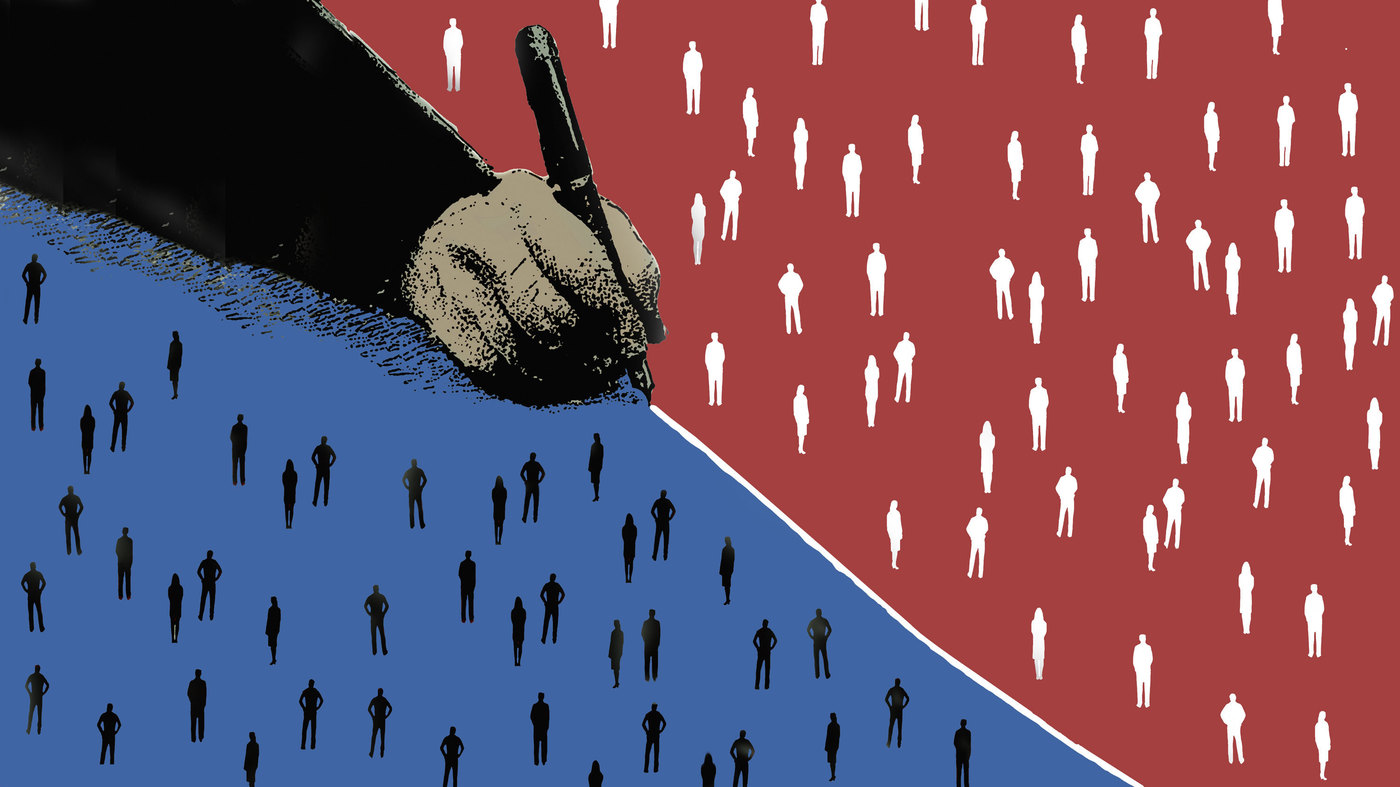
Mental Health
Binary culture is not only damaging to societal proceedings, but also detrimental to individuals during discussions about emotion and personal wellbeing. Frequently thrown-around phrases such as “are you happy or sad,” or even the insensitive but clinical “would you say that your depression is better or worse,” are impossible questions to answer honestly.
There is a near infinite number of possible feelings between and besides “happy” and “sad,” while there are too many variables with a condition like depression to render “better” or “worse” conclusions. Feelings are abstract and enormously complicated, not something that can be qualified in a word or two.
While binary structure assumes a behind-the-scenes role in society, it lurks in everything from children’s literature, which supports traditional gender roles, to colloquialisms that prevent people from telling the truth. Even social and historical critiques often focus on binary categories that are usually unequal and inaccurate, such as male/female, bourgeoisie/working class, white/people of color and heterosexual/homosexual.
Ongoing movements often have strived to reject the binary structures that support systems of patriarchy and white privilege, and there is a growing effort to refuse terms such as “male” and “female” in order to break the traditional gender binary.
Modern feminist and social justice ideologies generally reject traditional male/female roles and the white/black dichotomy that are both still perpetuated in Western thought and legitimize the power structures that promote white supremacy and masculine dominance.
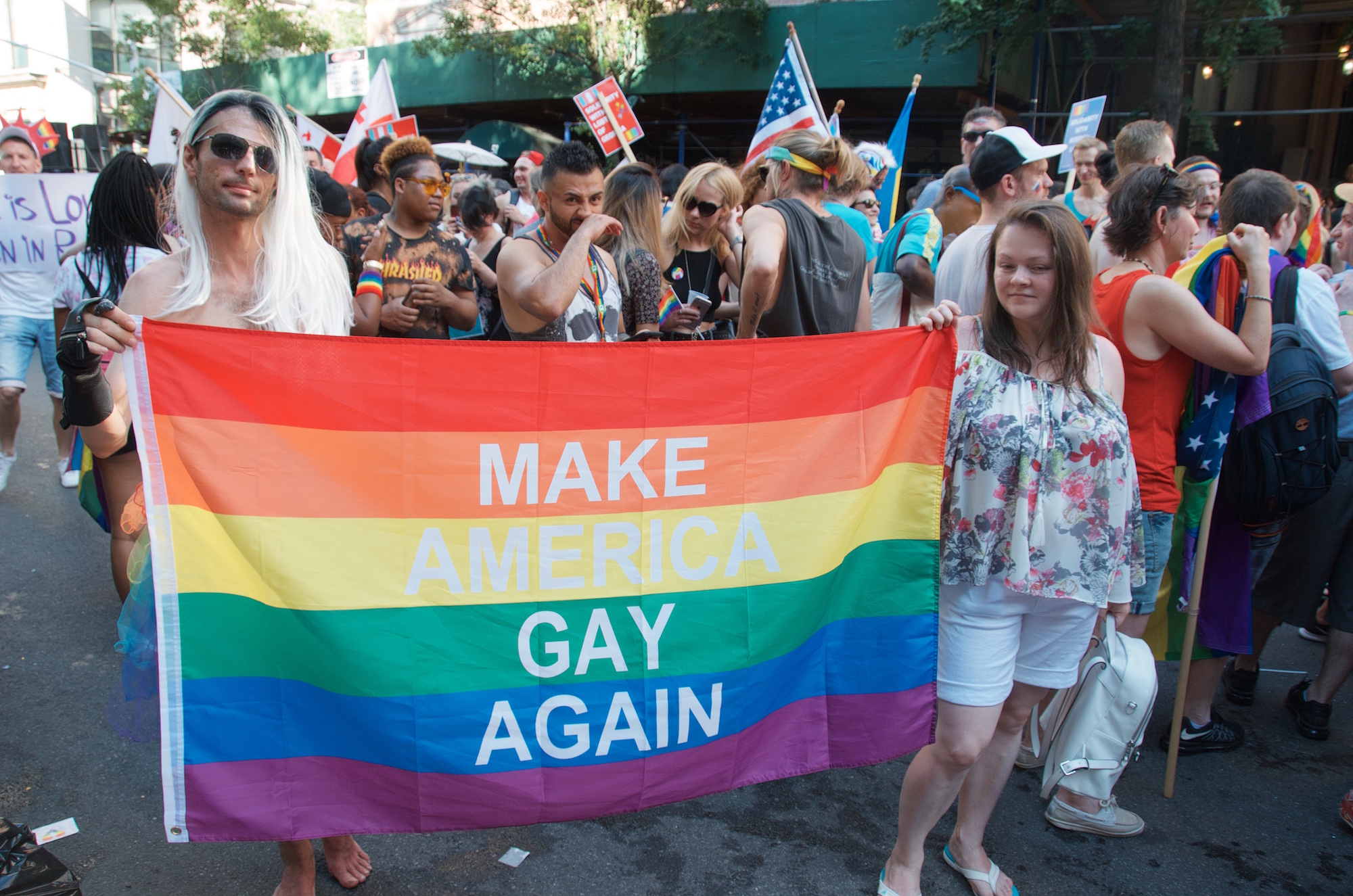
Deconstruction of binary culture must not only work to avoid binary structures, but to also welcome the initiation of new concepts. Binary opposition effectively pits people against each other in heated battle, but war is senseless. Armistice doesn’t require everyone to suddenly share the same views, but involves an expansion of mind, language and society to both individually and collectively adopt the spectrum as an acceptable mode of individual identification and expression.
The technology of photography serves as a potential role model. Over 100 years ago, black and white photos and film finally gained the ability to depict any degree of vibrancy in a scene. Can society do the same?


